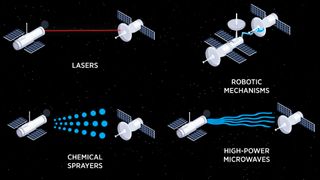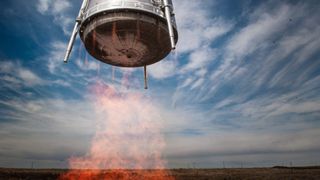Tech
Latest about Tech
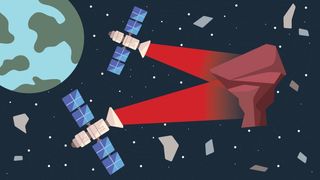
AI-powered lasers could zap space debris away from collision courses
By Sharmila Kuthunur published
A network of space-based lasers could help nudge debris away from collision courses with the International Space Station, according to new research.
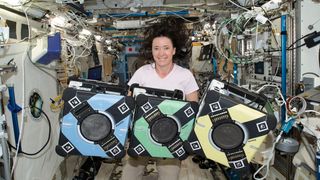
NASA's Astrobee robot 'Honey' flies home to its International Space Station hive
By Elizabeth Howell published
A robotic free-flying robot from NASA is back in space after a year-long pit stop for repairs and maintenance. The Astrobee trio tests science and self-servicing by robots in space.
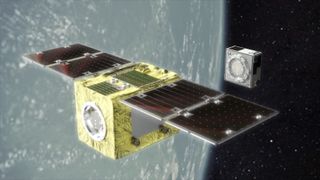
Astroscale gets up to $80 million for space junk inspection mission
By Mike Wall published
Astroscale just scored up to $80 million from the Japanese government to develop a demonstration mission that will study a large, dead satellite in orbit.
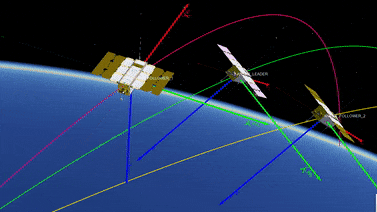
Spain's new cubesats will fly in space like a flock of geese
By Andrew Jones published
The mission is dubbed ANSER, which is also the Latin word for wild goose.
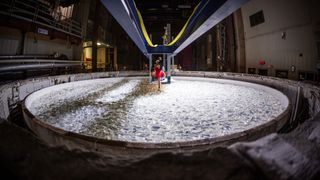
Giant Magellan Telescope project casts 7th and final mirror (photos)
By Rahul Rao published
The Giant Magellan Telescope project just cast its seventh and final primary mirror segment, a huge milestone that keeps the scope on target to begin operations in the late 2020s.
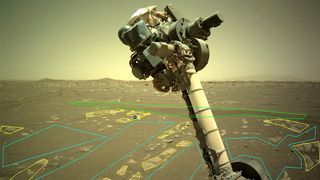
New AI algorithm can detect signs of life with 90% accuracy. Scientists want to send it to Mars
By Sharmila Kuthunur published
A new AI method can distinguish between biotic and abiotic samples with 90% accuracy.
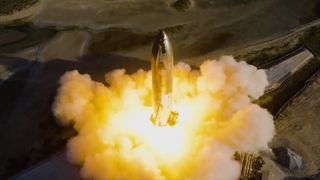
Heating and cooling space habitats isn’t easy – one engineering team is developing a lighter, more efficient solution
By Issam Mudawar published
It’s hard to keep a spacecraft cool, but ongoing research on the International Space Station might yield a solution.
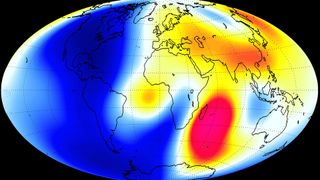
We need a better way to map Earth's magnetic field. Finding it could win 1 of these teams $2 million
By Keith Cooper published
Three teams have progressed through to the final round of the MagQuest Challenge to design a better way of measuring the shifts in the geomagnetic field.
Get the Space.com Newsletter
Breaking space news, the latest updates on rocket launches, skywatching events and more!
